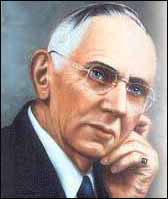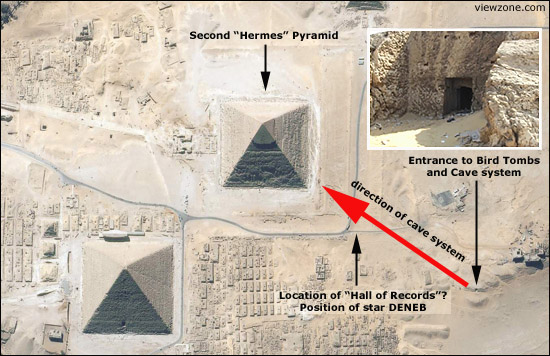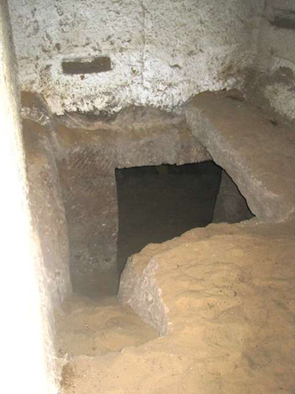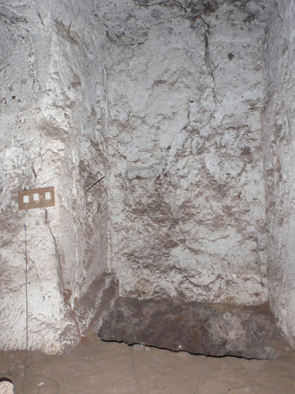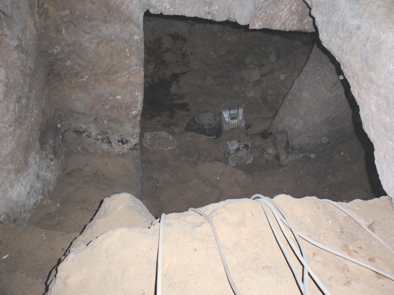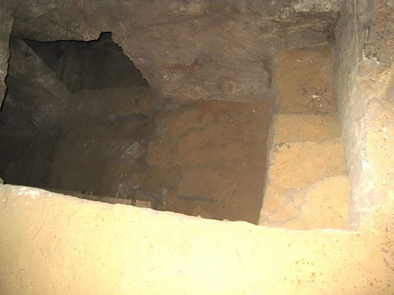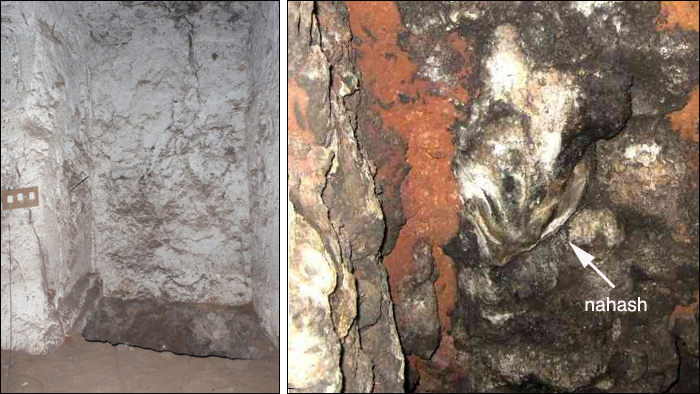Self-improvement is multifaceted. To improve yourself, you must consider every aspect of the word self. This means improving your mind, your body, and your soul. This article will discuss ways to improve each.
Improve your mind
• Read books: Books are amazing and inspiring pieces of work that will help you improve your vocabulary and reading skills. Books also help you stay up on what is happening in popular culture. You can join a book club or read at a coffee shop where you can interact with others who have read the same text, bouncing ideas off one another and stimulating your intellect.
• Learn a language: Research has shown that learning a new language stimulates your brain in way that nothing else can. In most cultures, knowing multiple languages fluently is commonplace and with the ever-growing migrant populations in the United States, learning a new language will only be helpful in the future. Learning a new language can also boost your marketability on the job market.
• Take a course: Learning is not always easy to do alone. Taking an online course, like a massive online open course, is a great way to learn something new for free. You can have access to thousands of pages of materials and hundreds of classmates, which will enable you to feel like you are part of a class culture instead of sitting home, alone studying by yourself.
• Ask for feedback: Feedback is one of the best ways to improve. Having peers, mentors, and others offer you feedback on your work is one very easy way to improve your capabilities.
• Seek out a mentor: A mentor is someone who teaches you the nuances of a profession, trade, or skill. This person can guide you on a path towards success and help you actualize goals that you maybe thought were not possible.
• Stop watching TV: Television, while entertaining, can be a drain on your brain as you do not often have to think or analyze situations. Television also forces you to sit or lie down, which leads to unhealthy eating and exercising habits. Reading a book or going for a run is always a better alternative to watching tv, and they can also stimulate your brain and release endorphins in a similar way.
Improve your body
• Start an exercise routine: Exercising is known to improve your cardiovascular and muscular health as well as improving your overall quality of life. Exercising your body helps you sleep and eat better, which enables you to improve your mind and body simultaneously. Getting into a routine can be difficult, but exercising is rewarding enough that it is worth it.
• Learn to cook: Cooking can lead to a world of physical and mental improvements. Not only can you use your mind to learn how to cook, you can also become creative with ingredients and improve your overall mental and physical health by choosing what you goes into the food you eat. Cooking can also be a bonding activity that leads to familial and social growth.
• Pick up a new hobby: Hobbies are things that you can do that are your own. Gardening, for example, can be a great hobby for your physical health as you will be working outside and learning about plants. A hobby can stimulate your brain and body in ways many activities can not.
• Go to sleep and wake up earlier: Sleep is important for functioning throughout the day. Depending on your body, you may need more or less sleep. Regardless of how much sleep you need, waking up earlier can benefit everyone, as studies have shown people who wake up between 5a and 6a are more productive throughout the day than their counterparts.
• Cut out fast food and junk food: Junk food and fast food contain high amounts of sugar and low amounts of nutrients. They give you an immediate high followed by a crash and can negatively affect your waistline. Cutting out both of these products can increase your mental and physical health as well as your social health as you likely will lose weight and be more desirable to others.
Improve your soul
• Start yoga and meditation: Meditating through yoga has been shown to be an extremely intimate self-help mechanism. Yoga stretches out your body and mind and improves your overall mental and physical health.
• Commit to growing: When you set a goal, you must stick to it. Committing to grow is important as you are more likely to actually succeed at growing if you are committed to the practice.
• Read self-help articles: Self-help is difficult to do on one’s own, and you would be wise to hear other people’s stories and ideas. Reading self-help articles can spark interests, connect you to peers, and help you maintain a level of commitment to growing.
• Spend more time with your family: Family is the one thing that never goes away. Having a healthy relationship with your family can do wonders for your mental and physical health. Maintaining strong ties with family only leads to positivity.
• Reconnect with old friends: The people who know you the best are sometimes people from the past. Reconnecting with old friends can be rewarding and open up doors you thought might have closed.
• Start keeping a journal: Recording your progress is important as it helps you set goals and maintain on your journey. A journal is a great way to organize your mental, physical, and spiritual progress and will allow you to continue to self-improve.
• Quit a bad habit: Bad habits die hard and committing to quitting one bad habit can make a world of difference in your life. Not only can it potentially improve your mental and physical health, but also it can help you recognize that you are in control of your own life and have the power to do anything.
Overall, improving your mind, body, and soul is a long, slow journey. You would be wise to organize your self-improvement efforts and keep track of your progress. Making your life better can only be done by you, and if you follow these simple steps, you will be well on your way to a more positive, happy, and healthy life.
Ava Reed is an avid education and technology blogger who specializes in distance learning. I love reading, cooking, and I also enjoy helping others on their career explorations. Let’s say “no” to stress; we need to identify a specific career that will allow us to make good use our talents and skills.







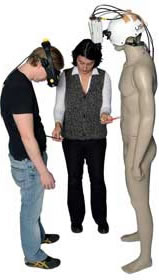



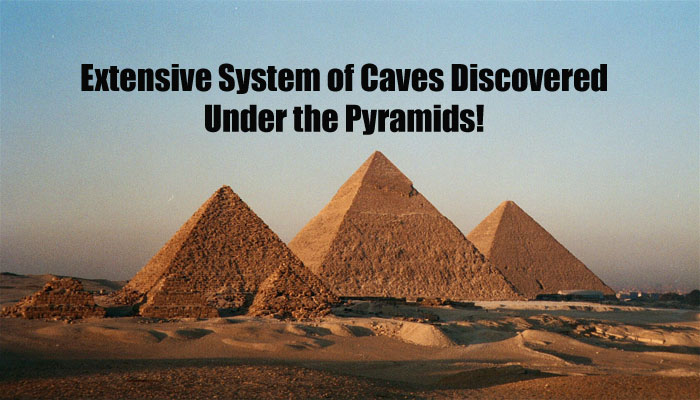
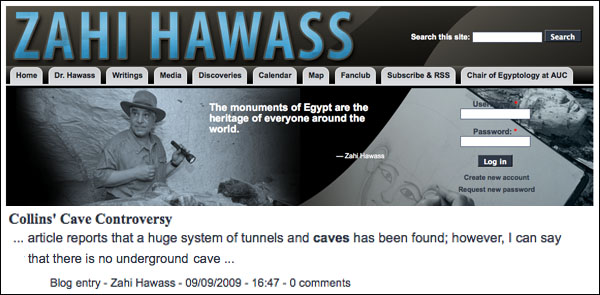
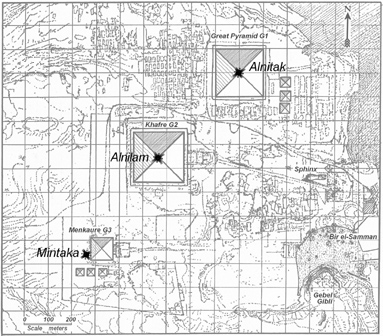
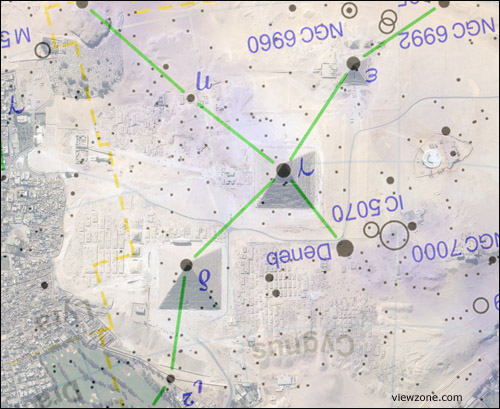
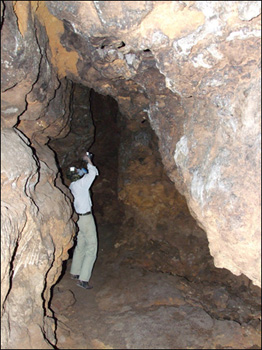
 The system is called Cygnus X-1, indicating it was the first source of X-rays discovered in the constellation Cygnus. Discovered by the Uhuru X-ray satellite in the early 1970s, it was also one of the first suspected black holes.
The system is called Cygnus X-1, indicating it was the first source of X-rays discovered in the constellation Cygnus. Discovered by the Uhuru X-ray satellite in the early 1970s, it was also one of the first suspected black holes.
